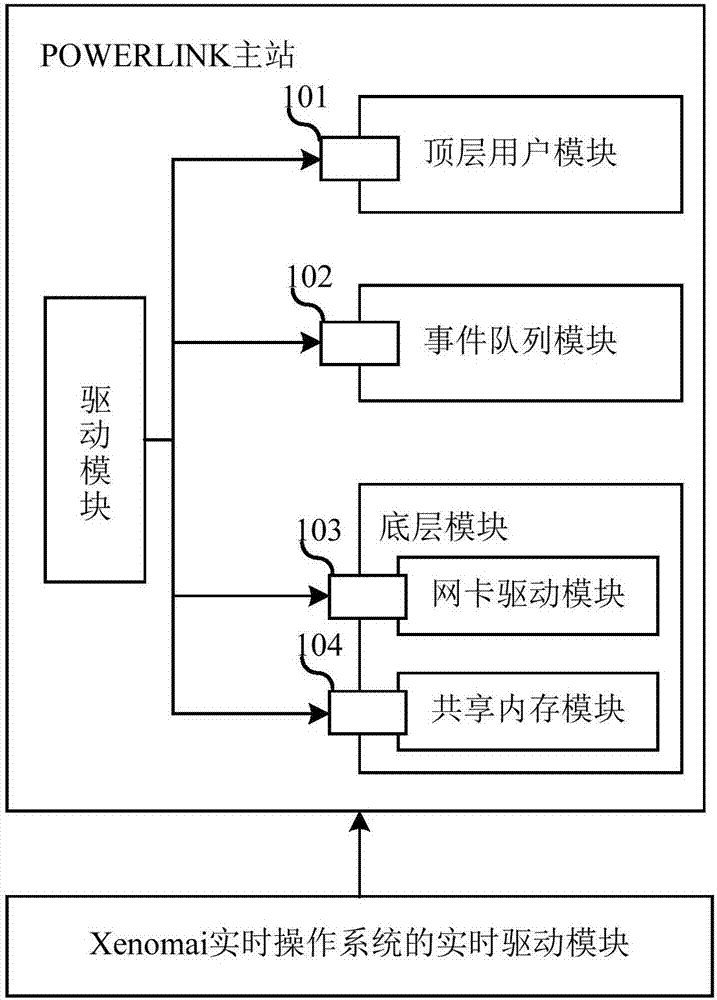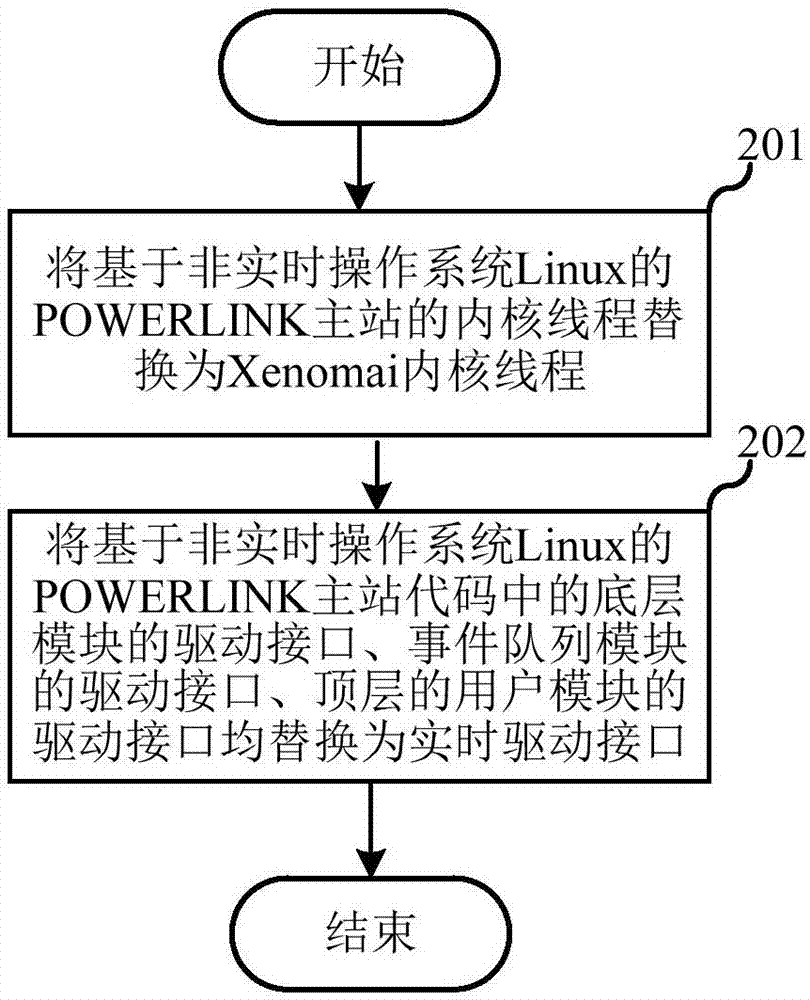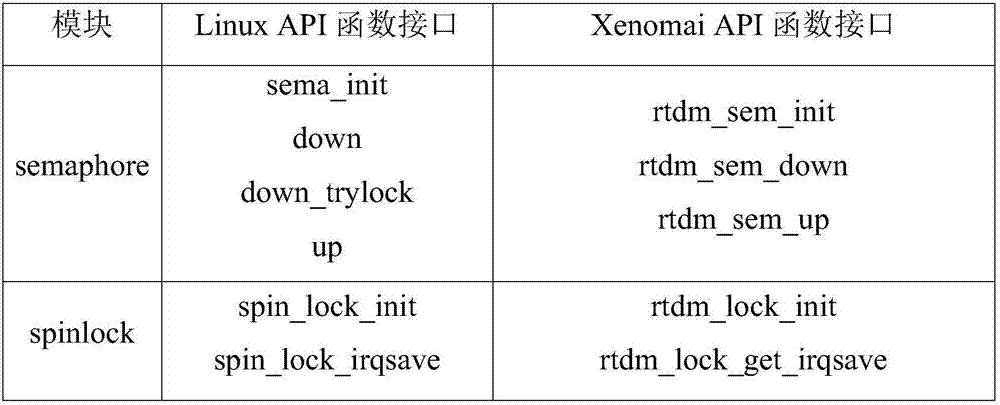POWERLINK main station and creation method thereof
A master station and operating system technology, applied in inter-program communication, instruments, multi-program devices, etc., can solve the problem that the POWERLINK master station and slave station cannot realize real-time communication, and achieve the effect of avoiding access and reducing costs
- Summary
- Abstract
- Description
- Claims
- Application Information
AI Technical Summary
Problems solved by technology
Method used
Image
Examples
Embodiment Construction
[0012] In order to make the objectives, technical solutions and advantages of the present invention clearer, each embodiment of the present invention will be described in detail below with reference to the accompanying drawings. However, those of ordinary skill in the art can appreciate that, in the various embodiments of the present invention, many technical details are set forth in order for the reader to better understand the present application. However, even without these technical details and various changes and modifications based on the following embodiments, the technical solutions claimed in the present application can be realized.
[0013] The first embodiment of the present invention relates to a POWERLINK master, such as figure 1 As shown, the POWERLINK master station refers to a POWERLINK master station based on a real-time operating system, and the above-mentioned real-time operating system is obtained by applying a Xenomai real-time kernel patch to a non-real-t...
PUM
 Login to View More
Login to View More Abstract
Description
Claims
Application Information
 Login to View More
Login to View More - R&D
- Intellectual Property
- Life Sciences
- Materials
- Tech Scout
- Unparalleled Data Quality
- Higher Quality Content
- 60% Fewer Hallucinations
Browse by: Latest US Patents, China's latest patents, Technical Efficacy Thesaurus, Application Domain, Technology Topic, Popular Technical Reports.
© 2025 PatSnap. All rights reserved.Legal|Privacy policy|Modern Slavery Act Transparency Statement|Sitemap|About US| Contact US: help@patsnap.com



